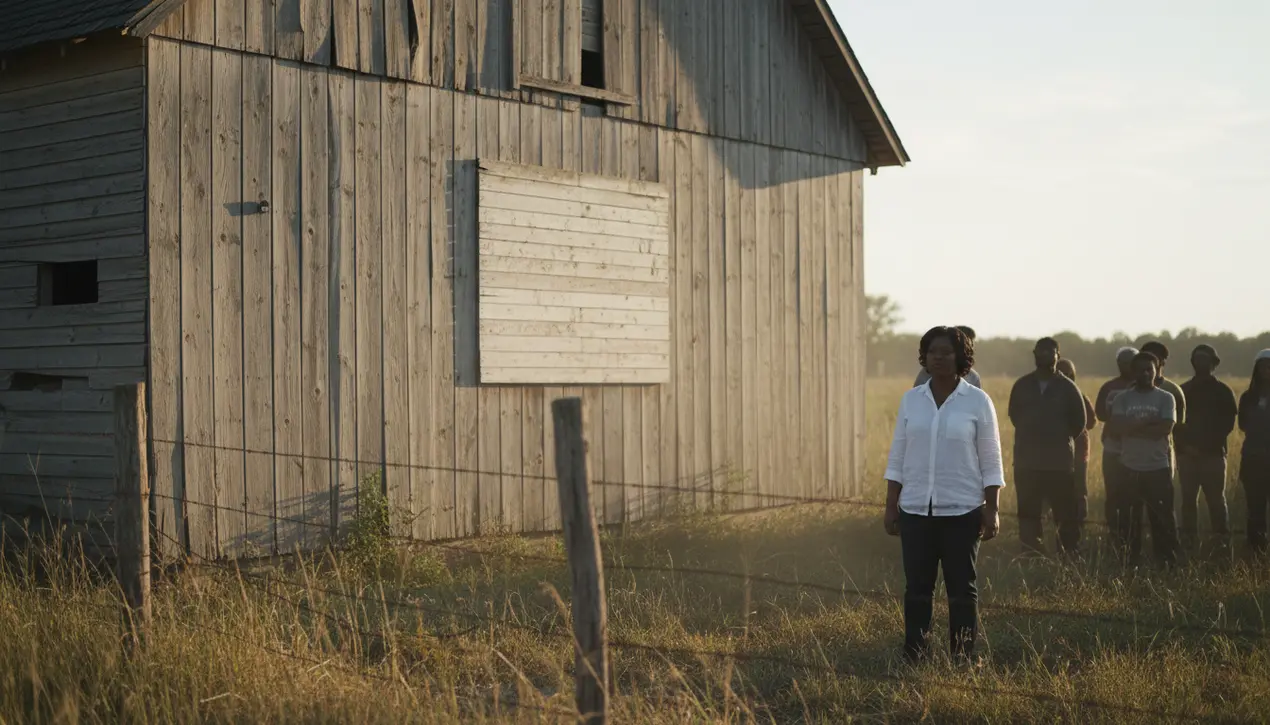
Politicscourts & investigations
Emmett Till Interpretive Center acquires barn where he was tortured.
LA
Laura Bennett
11 hours ago7 min read3 comments
The weathered boards of that Mississippi barn outside Drew have held their terrible secret for nearly seventy years, whispering a story that fundamentally changed America. When the Emmett Till Interpretive Center secured this profoundly significant site with a $1.5 million purchase, funded by a gift from Shonda Rhimes’ foundation, it wasn't merely a real estate transaction; it was an act of radical preservation, a conscious choice for truth in a landscape where such sites of anti-Black violence are often erased by neglect or development. I think about the people who have lived in the Delta, the Black families who for decades would look away when passing this structure, knowing the horrors it contained, a silent, communal understanding of a trauma too painful to acknowledge yet impossible to forget.This barn is the physical anchor to the 1955 lynching of 14-year-old Emmett Till, a Chicago boy visiting family, who was accused by Carolyn Bryant Donham of whistling at her, a claim she reportedly recanted decades later. His mother, Mamie Till-Mobley, whose 104th birthday was marked by this acquisition announcement, made the courageous decision to have an open-casket funeral, forcing the world to see what had been done to her child, searing the image of his mutilated body into the national conscience and igniting the modern civil rights movement.The barn’s acquisition feels like a long-overdue conversation with our collective past, a place where we can finally stop looking away. Patrick Weems, the center's executive director, articulated this perfectly, stating they saved this sacred ground so future generations can stand where history happened, ensuring that this truth continues to shape us.The center’s nearly two-decade-long mission to preserve courthouses and riverbanks connected to Till’s story has been a fight against vandalism and forgetting, making this their most consequential achievement. The recent book by Wright Thompson, 'The Barn,' uses this very structure as a lens to examine the deep-seated structural racism and power dynamics of the land itself, recounting how witnesses heard Till’s cries, a haunting detail that underscores the barn’s role not as a passive backdrop but as an active witness to atrocity.The subsequent trial, where an all-white jury acquitted Roy Bryant and J. W.Milam—men who later confessed to the murder in a magazine interview—laid bare the grotesque inequities of the Jim Crow South, injustices that many argue persist in different forms within the U. S.justice system today. By planning to open the barn as a permanent memorial by 2030, the 75th anniversary of the lynching, the center is creating more than a museum; it is cultivating a space for reflection, education, and a necessary historical reckoning, shaped by the very community that has lived with this legacy. This is about more than saving old wood and rusted nails; it’s about safeguarding the integrity of a story that is essential to understanding the American character, a story of brutal racism and the resilient, enduring pursuit of justice that rose from it.
#Emmett Till
#Civil Rights
#Historical Preservation
#Lynching
#Mississippi
#featured
Stay Informed. Act Smarter.
Get weekly highlights, major headlines, and expert insights — then put your knowledge to work in our live prediction markets.
Comments
Loading comments...
© 2025 Outpoll Service LTD. All rights reserved.